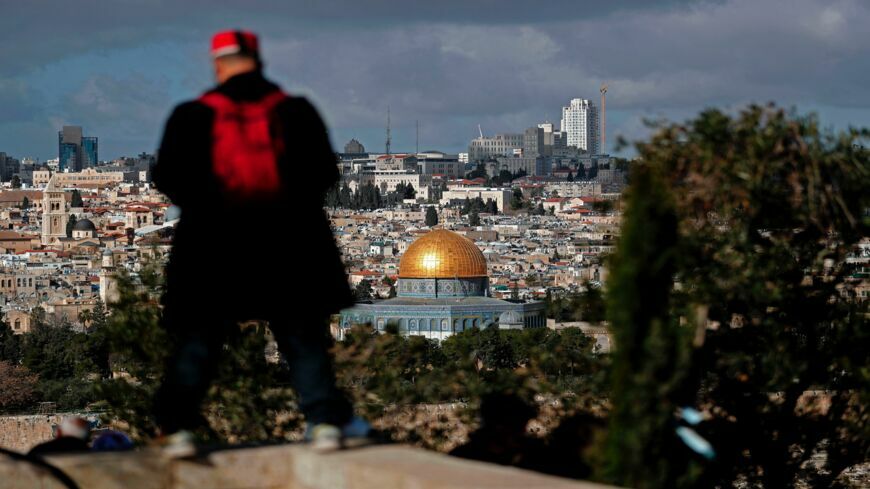
Produced by the English Touring Theatre, a new British adaptation of Othello reworks the possibility that the Moor of Venice was actually an observant Muslim. The play has been re-tooled for this concept — for example, the opening scene features the image of Othello with his hands cupped in Islamic prayer, followed by an Arabic recitation. Further in the play, during the marriage ceremony scene, Othello unfurls a prayer mat for him and Desdemona to sit on during their ceremony.
“I was very aware of the racism Othello suffers because of his skin color, but there was a much more insidious and layered thing that was happening to him as an outsider,” remarks director Richard Twyman.
The director first came up with the idea to re-conceptualize Othello, famously referred to as ‘the Moor’, when he first came about research from scholar Jerry Brotton. “We know historically about the Moorish kingdom of Spain, where Spanish Muslims or Moriscos’ were forcibly converted to Christianity in 1492,” remarks the director. “A Moor is an inhabitant of Mauritania which is in northwest Africa — it’s effectively modern-day Morocco. In this period in the 15th and 16th century, Muslims were referred to as black. There was no word for Muslim. It didn’t enter the English language until the second decade of the 17th century. But you have all these synonyms – Turk, Moor, Saracen, Persian — which are an attempt by an English tradition to describe Muslims.”
Scholar Jerry Brotton, author of This Orient Isle: Elizabethan England and the Islamic World, says that the play is a “really sobering, shocking, really quite stark warning about what happens when we ‘otherize’ people, about giving into the Iago within us or the Iago in our society.”



